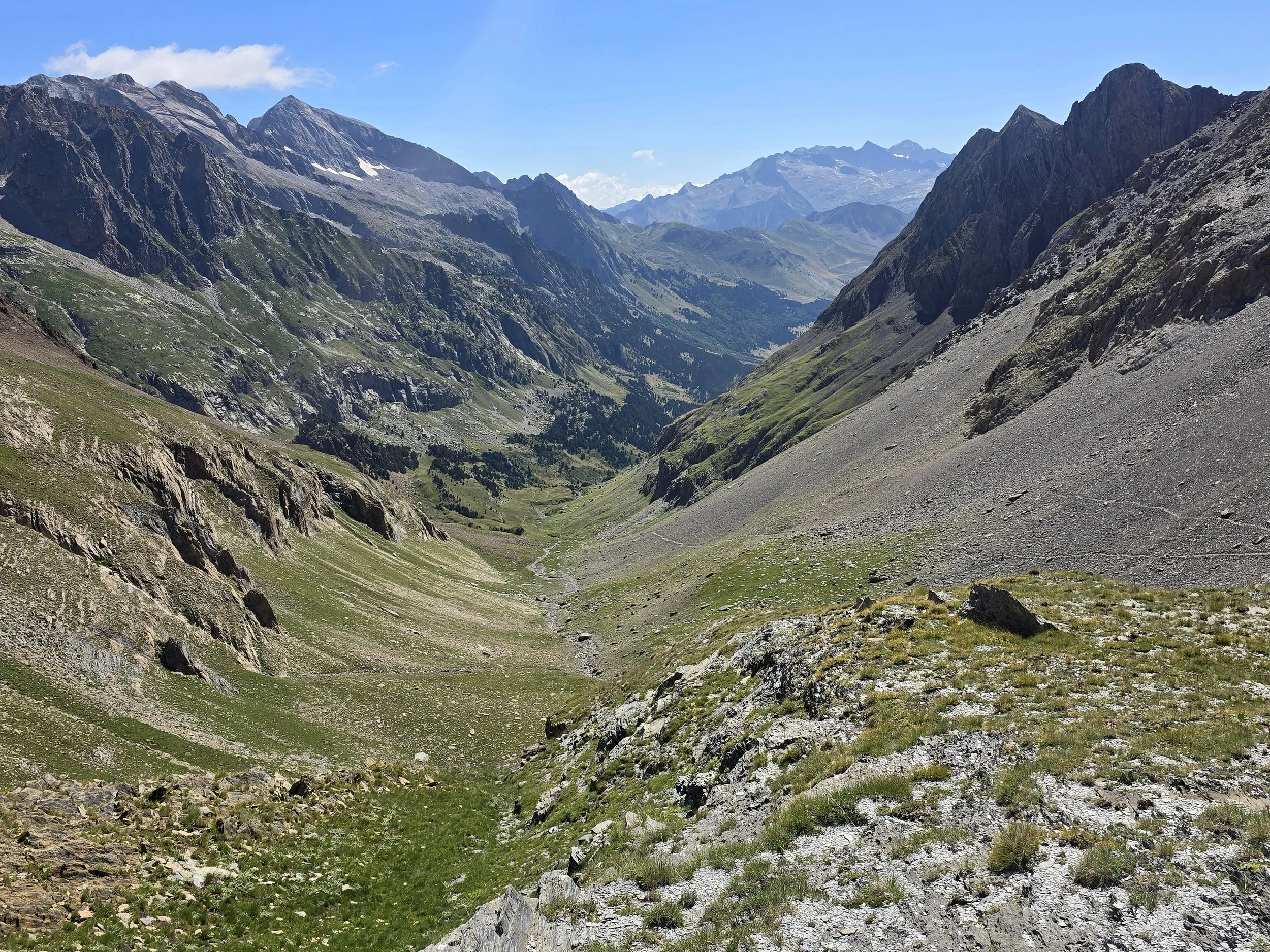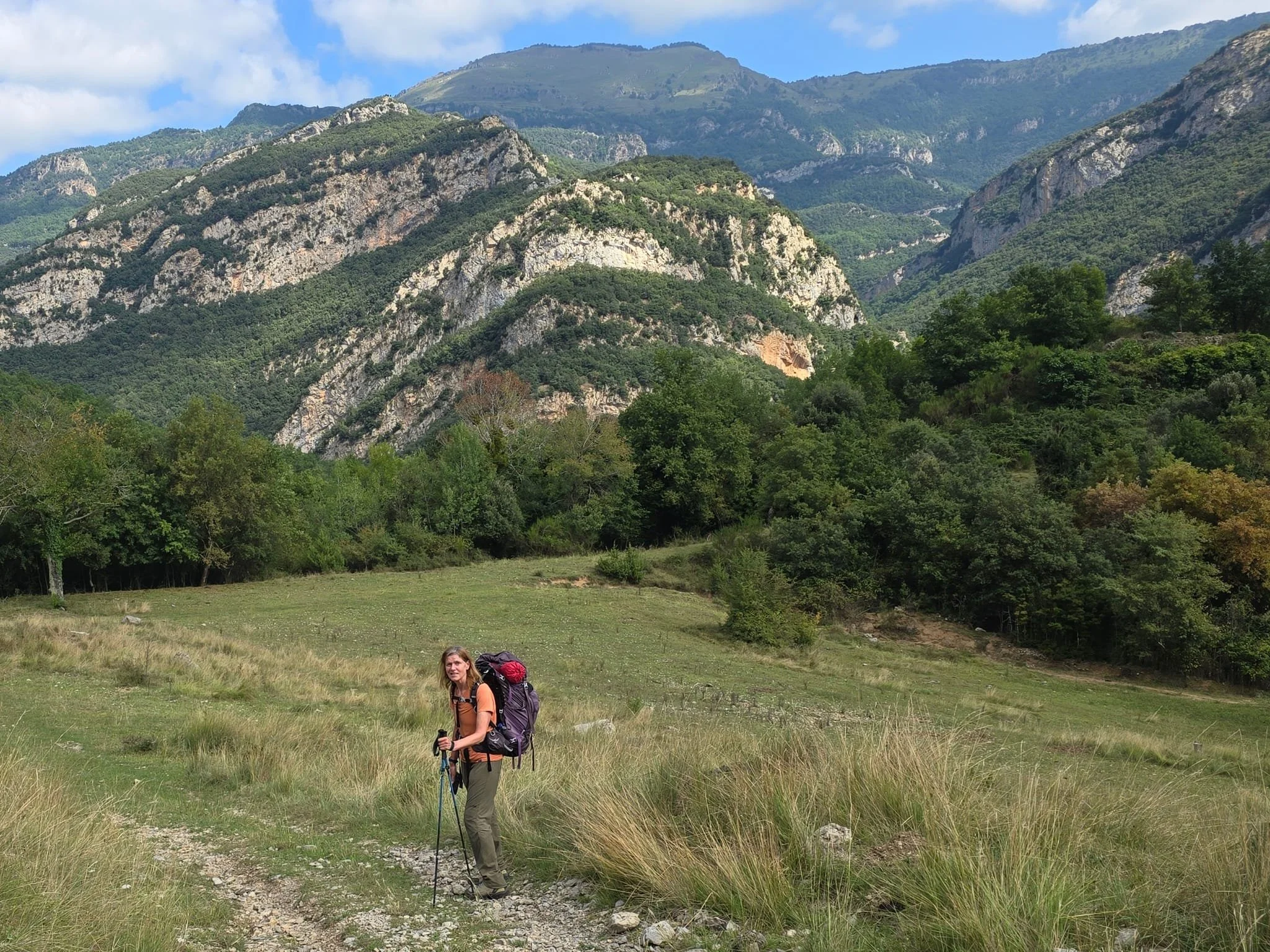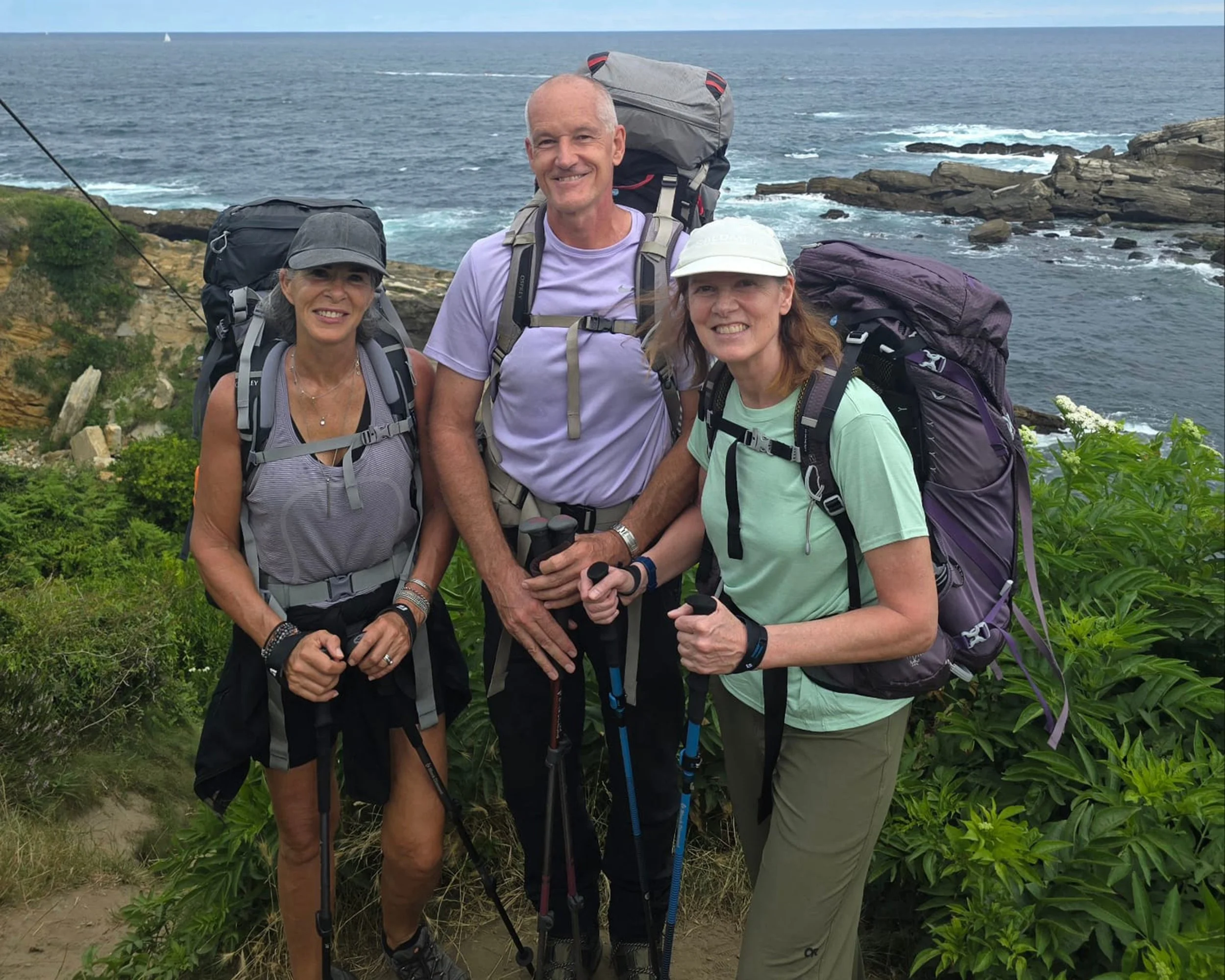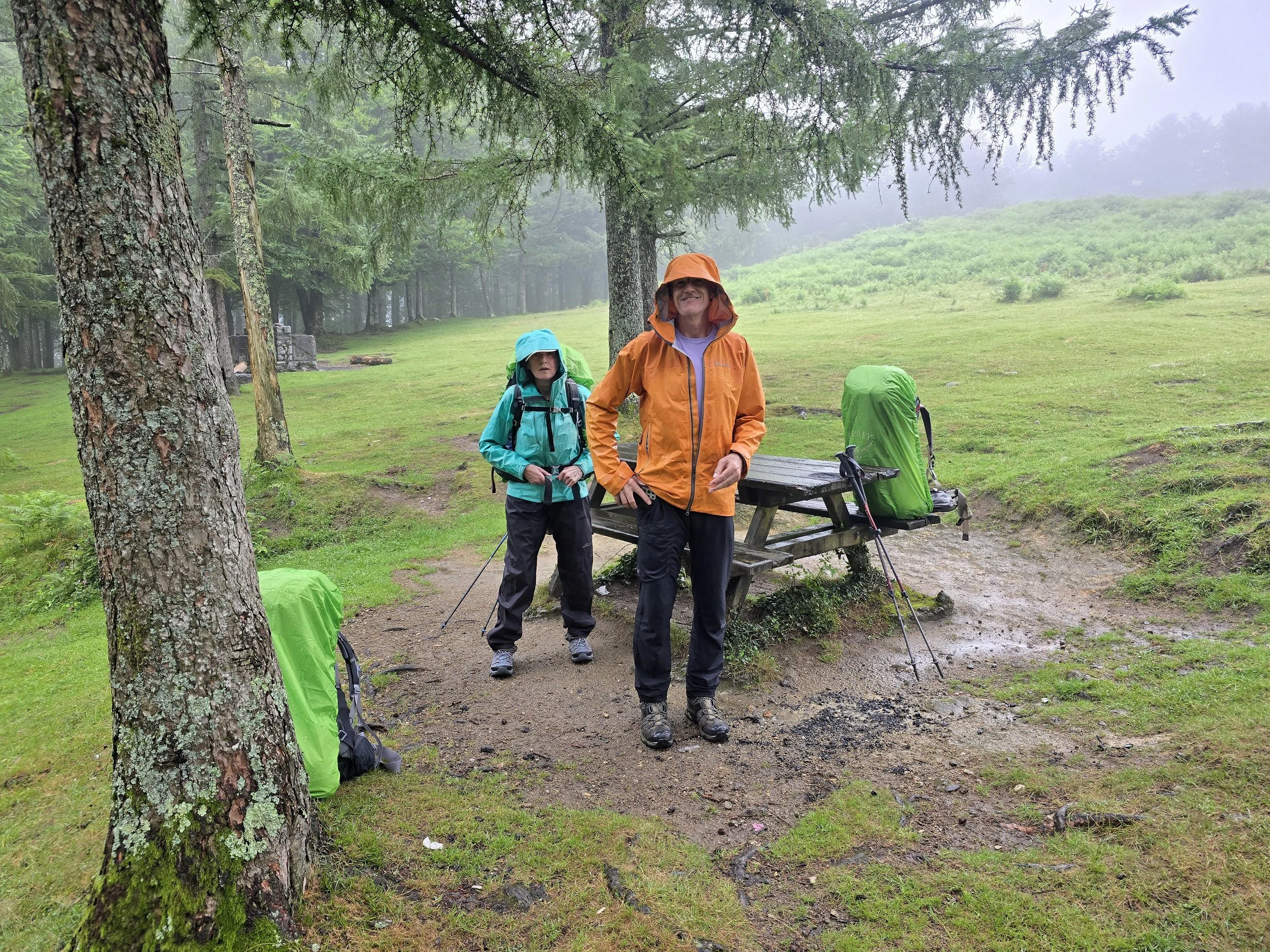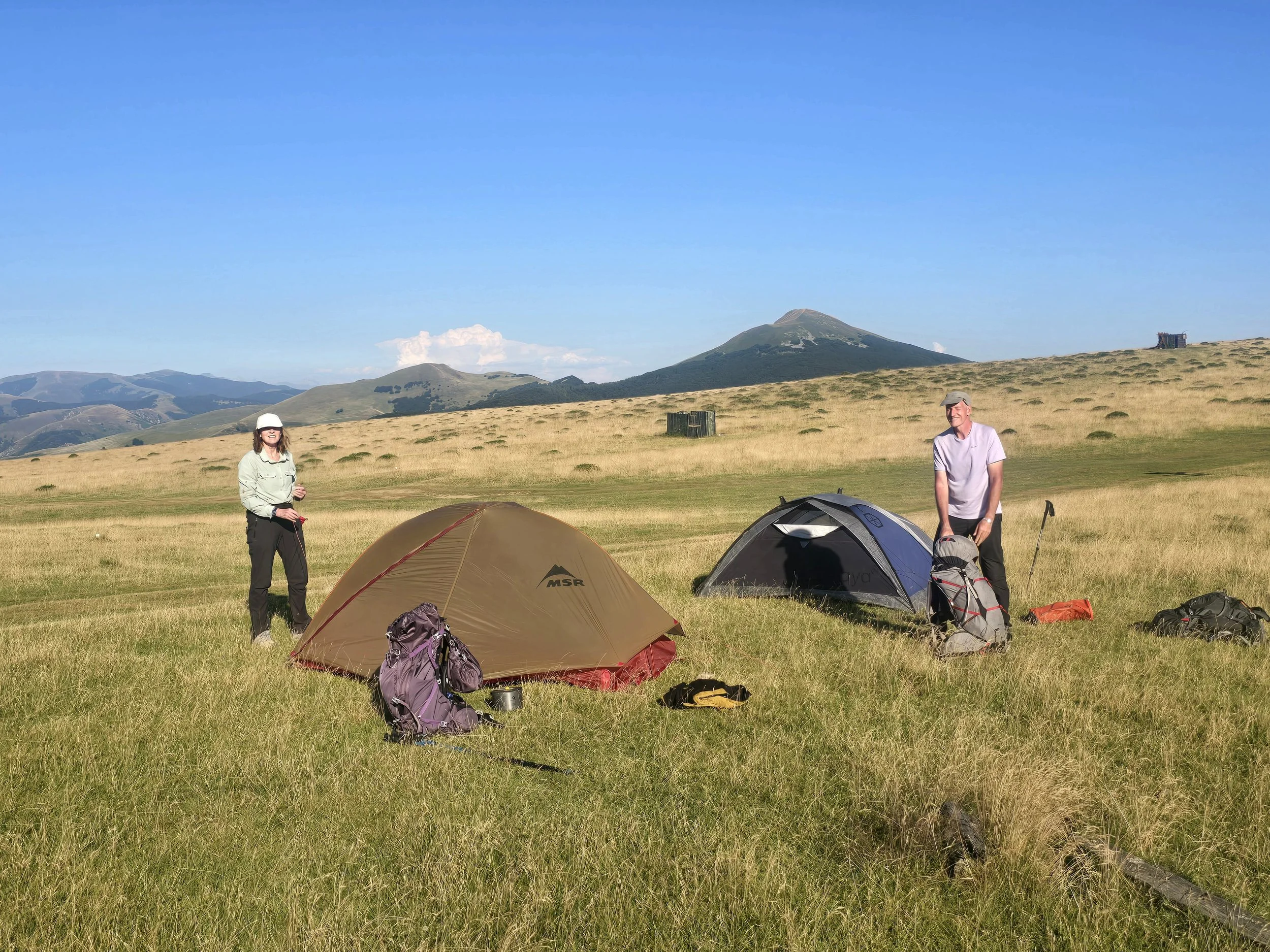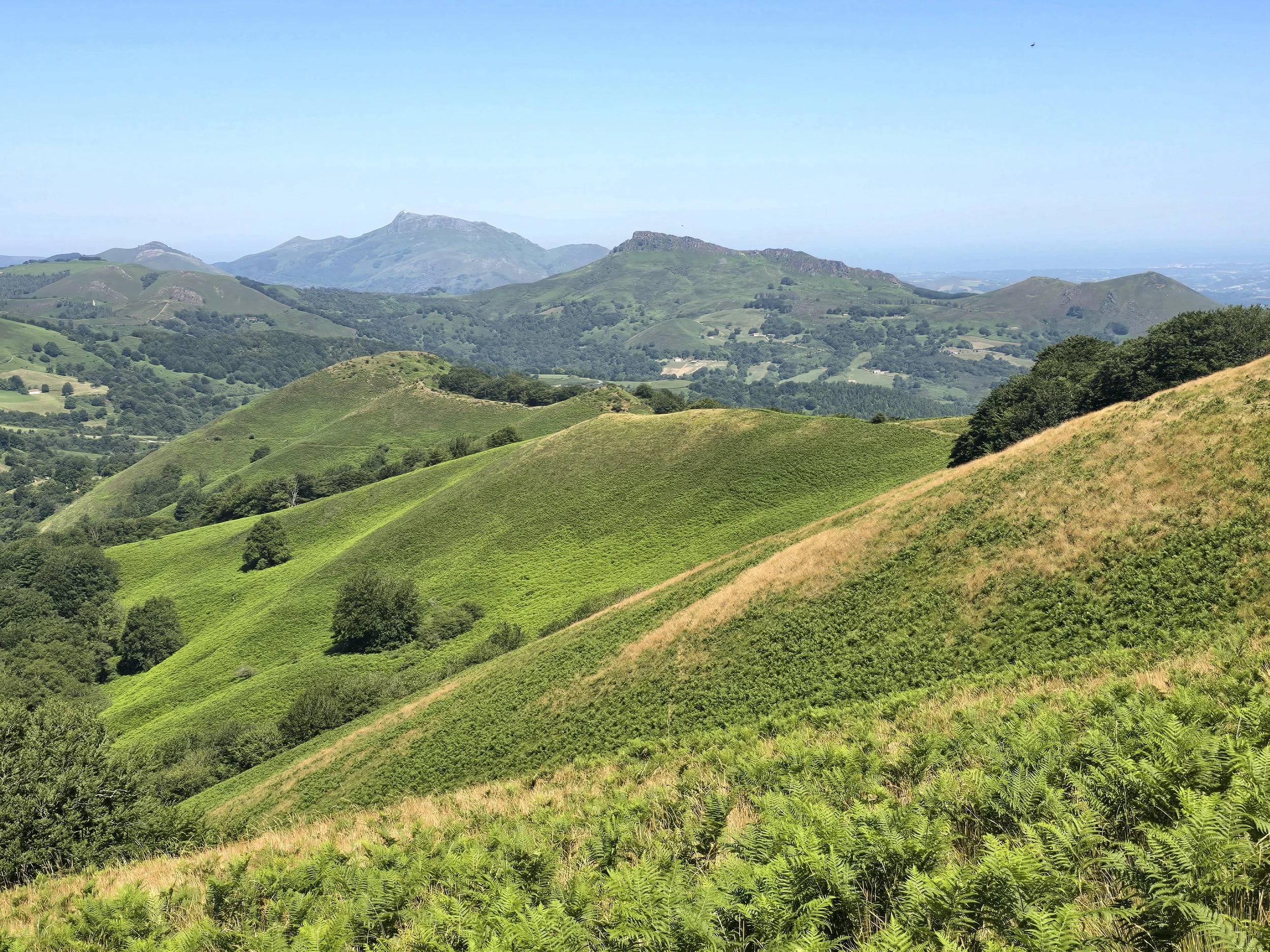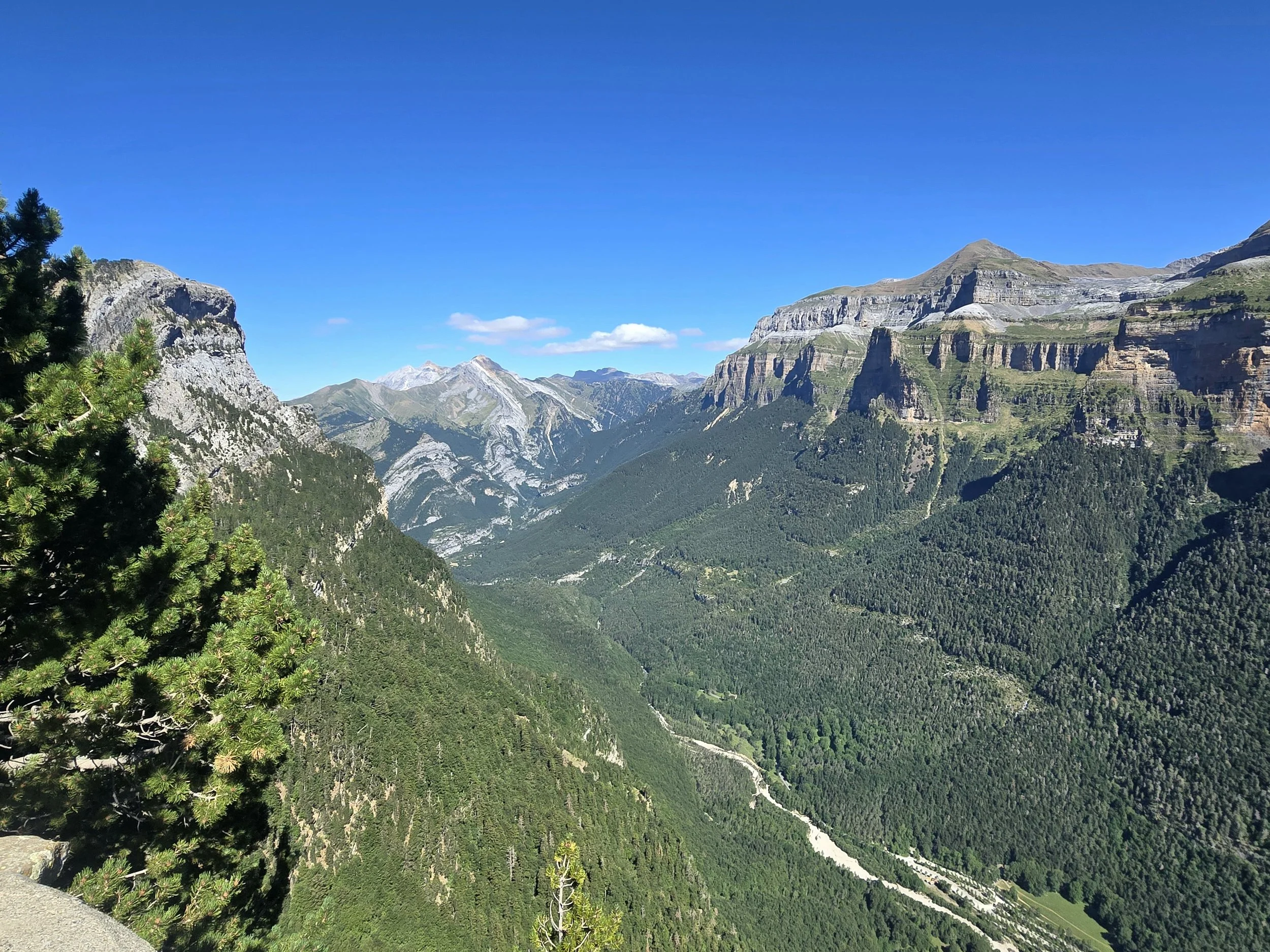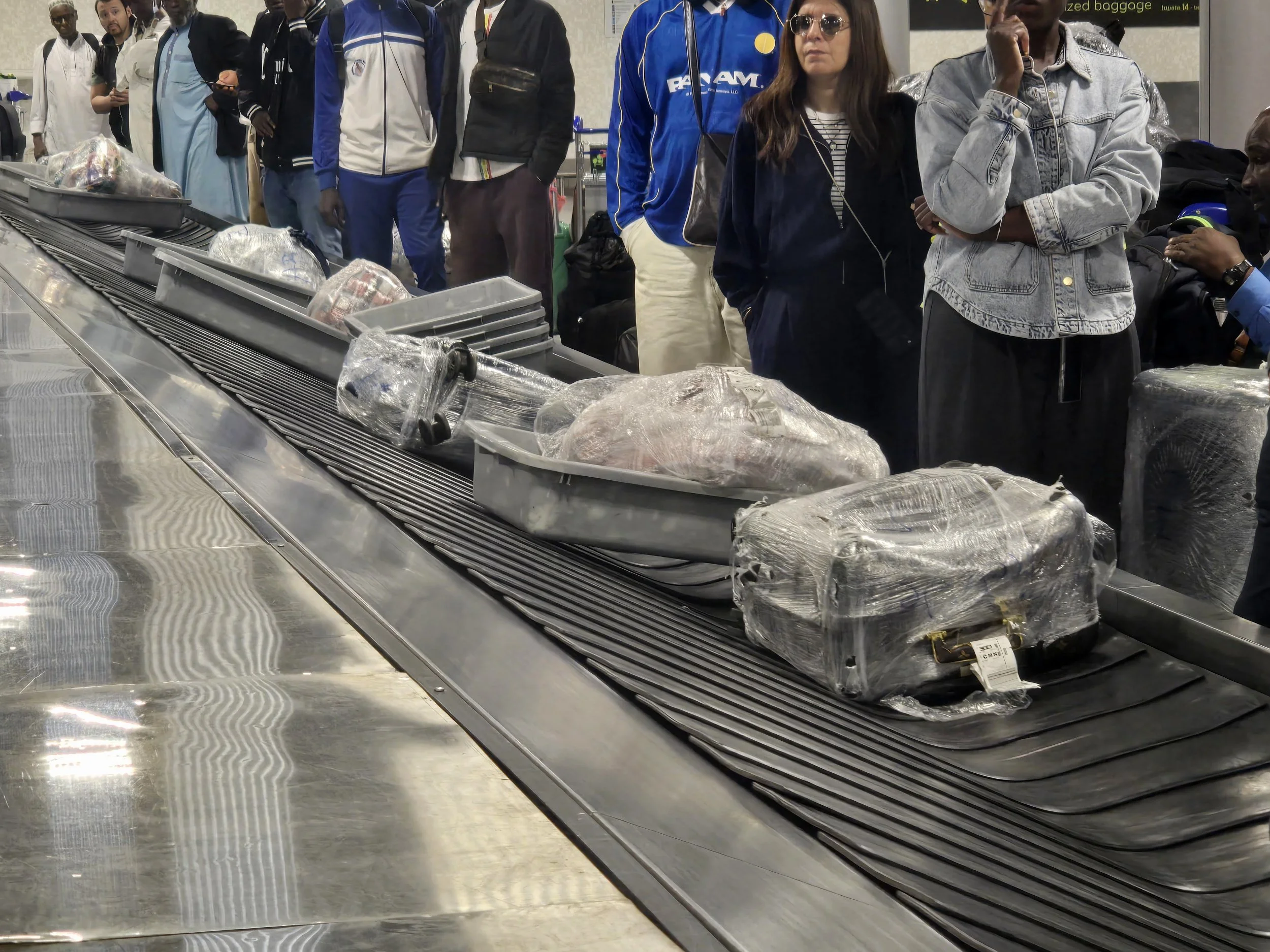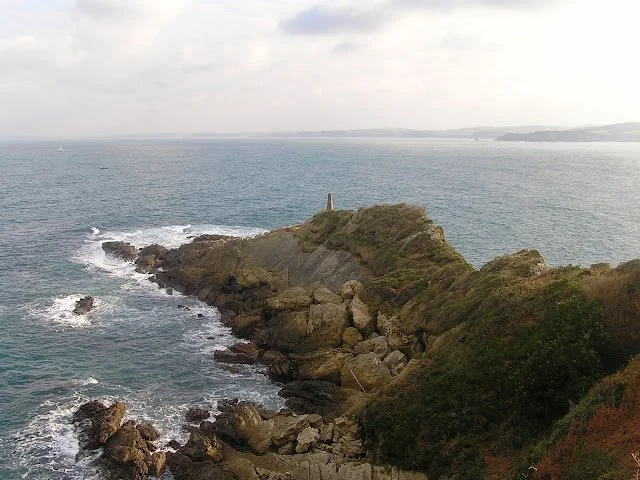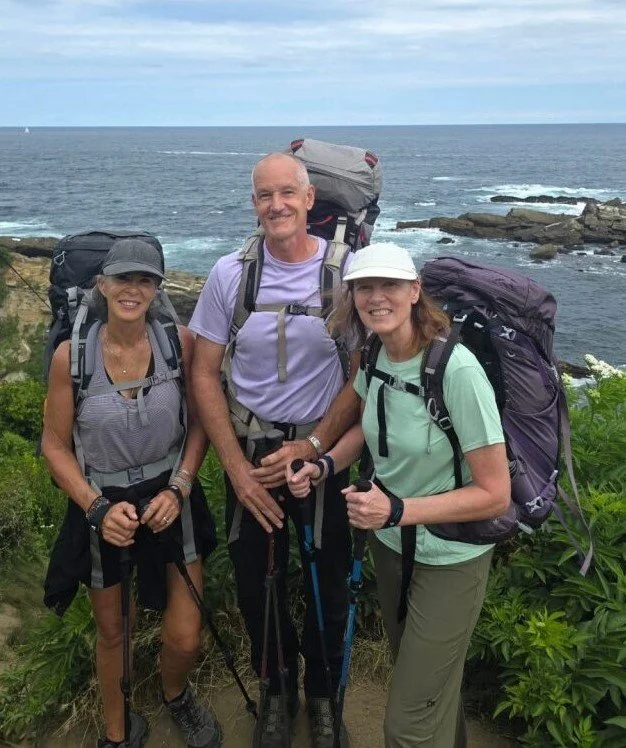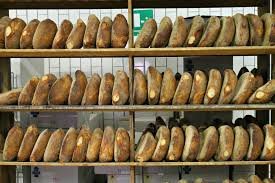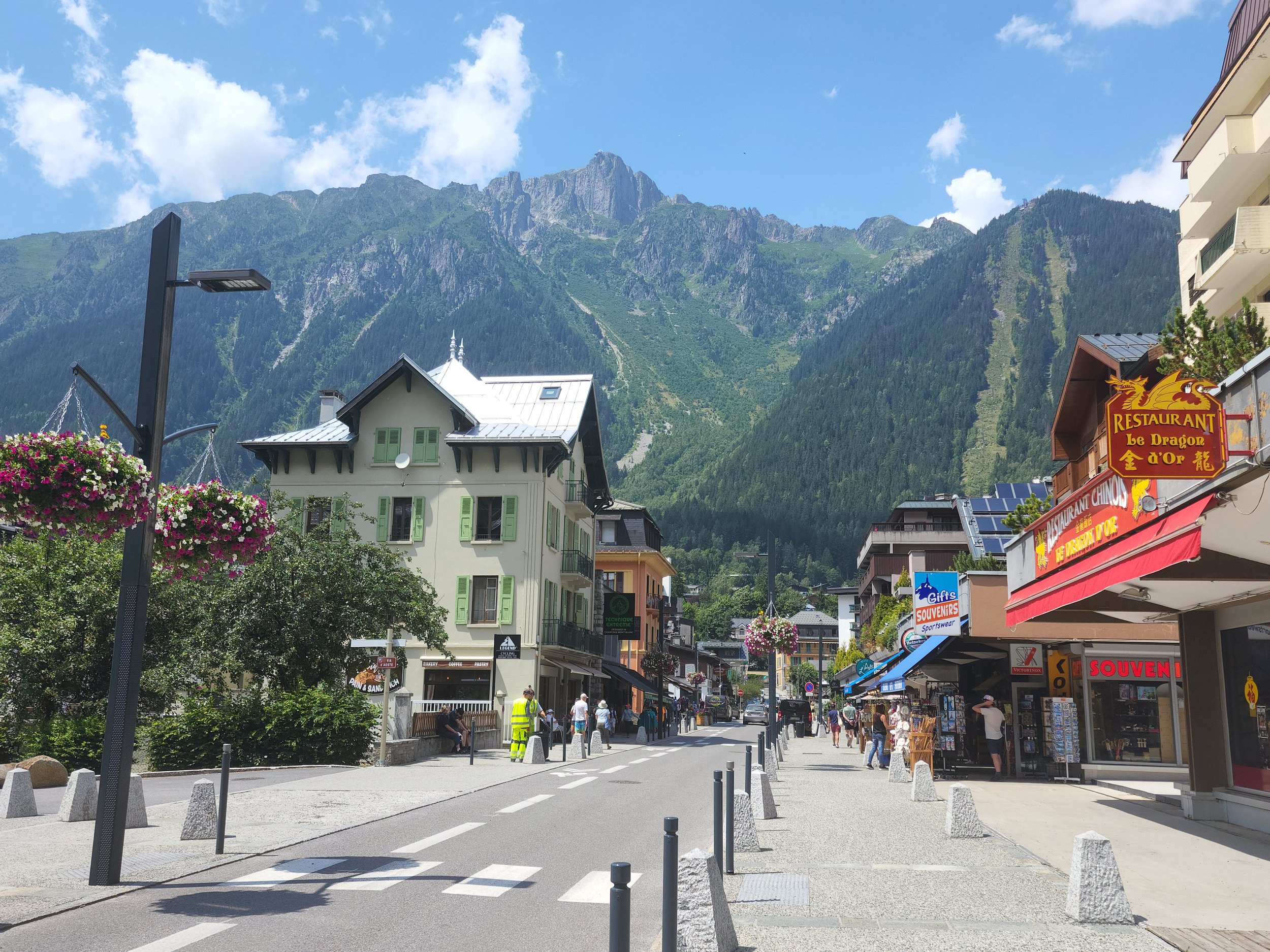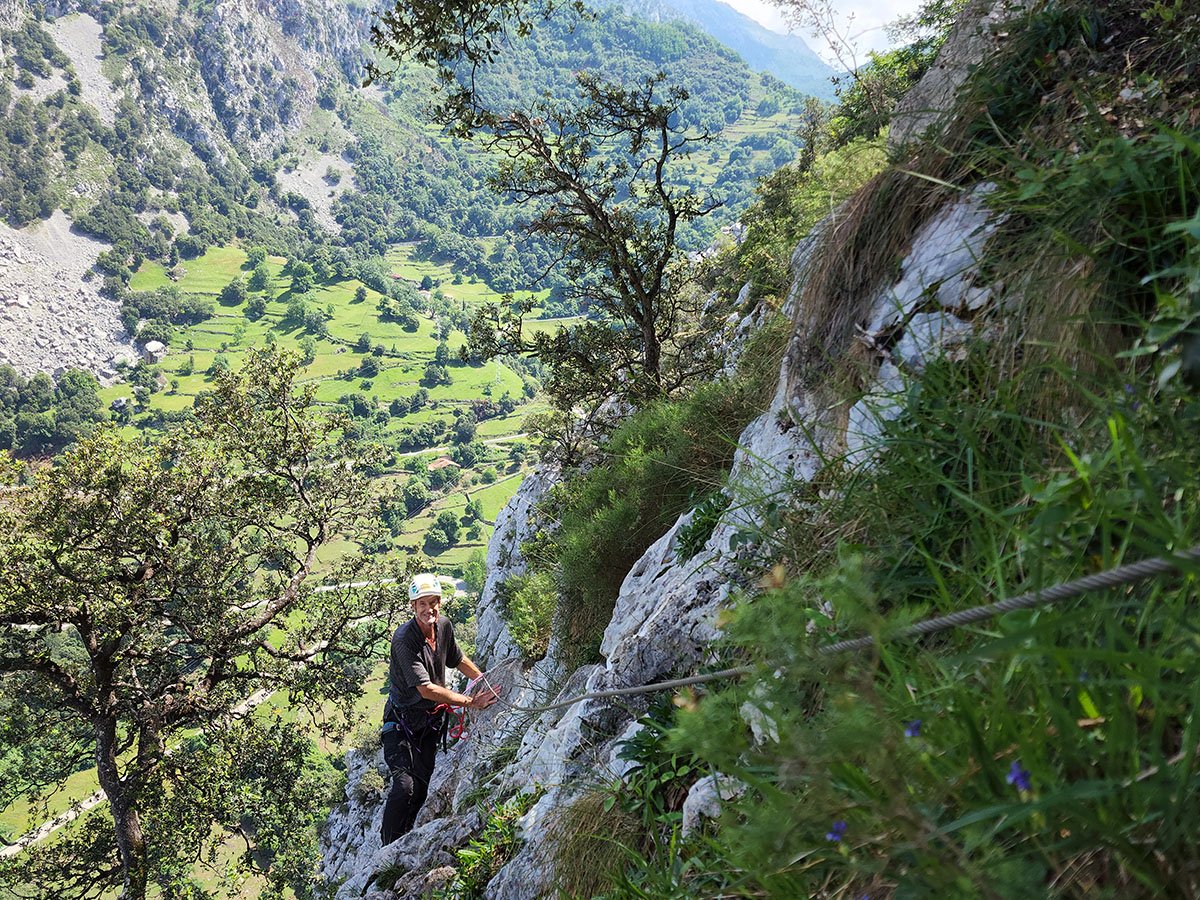GR11 - Part II
/Heart of the pyrenees
We are now on Section 3 of this epic trek where we find ourselves in the very heart of the Pyrenees. Rugged grey-brown granite mountains rise steeply from deep green valleys as we meander through some of Europe’s last true wilderness. The landscapes are continually shifting between pine and beech forests to alpine meadows and bare rock peaks that remain snow-capped for much of the year.
The small stone villages that dot the hillsides provide a glimpse into lives that don’t seem to have changed much over the years. Slate-roofed houses line up along narrow streets that inevitably lead to the village square where, without fail, we are assured of a bar and a church. There is something deeply satisfying to be found sat around a metal table under a faded umbrella listening to the bells as they ring out of the small bell tower. Time almost seems to stand still for a moment, but it is just for a moment as there is another mountain to climb and as much as an achievement it might be to make it to the top, the real objective is to make it down - before the weather changes, before tiredness takes over and definitely before it gets dark.
After a night at a rural campsite, a few kilometres short of the fully booked refugio, we had a big day ahead of us. More than 20km to cover, an ascent of 1,000m and an even longer descent of 1,500m that would take us into the town of Benasque for a long-awaited day off.
About 12km short of this highly anticipated break in routine we happened upon the ganaderia de altura, the annual movement of herds of cows away from the Alpine slopes down into the valleys for winter. Well, I say happened upon, a more accurate description would be that we ended up in the middle of them, or rather Helena did. We heard the mass of cowbells and bellowing of hundreds (maybe thousands) of cows well before we reached them. They were being held within a huge flat expanse of ground by weathered locals with long thick sticks, excited dogs and a handful of on-lookers who looked like they may have booked an experience on “Get My Guide”. Although a little intimidating due to their huge numbers, the cows took no interest in us as we plodded through their ranks, but our timing couldn’t have been worse, as the moment we were on the other side of them a cacophony of shouting men and barking dogs had the enormous herd on the move, right on our heels.
Despite having been on the trail for a number of weeks, we were still making heavy work of it all, and now we had the added pressure of a huge herd of solid, curved-horn beasts (bulls included) moving relentlessly behind us. Not wanting to get nudged aside, absorbed into the herd or, worst case scenario, knocked over and trodden on, there was no question that we were going to have to get a move on. The stony track down the mountain was a series of switchbacks and with newfound alacrity we discovered previously untapped reserves of energy and descended at a pace to be proud of. Unfortunately, so did the cows, and it wasn’t long before we were looking for a break in the dense vegetation at the side of the track through which we could take advantage of any feasible short cuts. At last, one such opportunity presented itself, and we veered sharply off the track and steeply downhill hoping to rejoin the road with significantly more distance between us and the herd …..
….. which was, by now, moving along at a steady trot. We were certainly moving quicker but so were the cows and it took a number of these short cuts before we were sufficiently ahead and able to take a breath. At least that was the case for Ian and myself. Helena, on the other hand, had disappeared. Her final short cut hadn’t been quite as successful as ours and we didn’t see her again for nearly 3 hours. Rather than emerging from the foliage a satisfying distance ahead of the descending herd, she had emerged back onto the road only to find herself slap bang in the middle of them. With no further short cuts available, resistance at this point would have been futile. With no way around them or through them, there was no option other than to resign herself to walking as an obliging pedestrian in a cow-dominated realm. But, what a welcome when she finally arrived into town with her new companions. People were lined up on the roadsides celebrating the return of the herds and, in their midst, Helena….
…. with some thoughts
By week three on the GR11, everything changes. The rolling foothills and shady woodlands give way to raw, untamed mountains. The soft foot tread on green grass is replaced by the crunch of boots on rock and stones. The air is cooler now, the water more abundant — and there's no turning back.
MSR MINIWORKS CARBON WATER FILTER
The higher I climb, the more remote it gets. Roads vanish. Refugios are scattered — maybe 20 kilometers apart if you're lucky, and you’d better have booked in advance. Each step is a test: clambering over rocks, navigating big boulders, hugging the cliffs to avoid slipping into oblivion. Swollen knees and a sore foot from a misstep slow me down. Even after a rest day and the bliss of a hot bath, I’m still not ready to continue.
Doubt creeps in. Is this all too much?
As I limp along, weighing whether I can hobble the next 17 kilometers, I’m warned: “Tomorrow will be one of the hardest days.” Conveniently, we’re staying in a hotel with road access — rare for this part of the trail. And two days later, there’s another road-accessible refugio. I decide: I’ll skip the next two days and rejoin the group there.
But there are no buses. My only option: hitchhike — something I haven’t done in 40 years. Thumb out, heart hopeful. After about ten cars, a couple pulls over. They’re going birdwatching and can take me a third of the way. They even invite me along. Tempting — but I politely decline. I have a mountain to meet. The second lift comes almost instantly: a warm couple from Seville escaping the southern heat for cooler northern air. They're heading to a monastery — and drop me much further along the route than expected.
Still early, I consider stopping at a nearby campsite for the night. But something in me says, keep going. A man offers a lift to the next village. That’s enough, I tell him — but as we drive, he changes his mind and takes me the full 10 minutes further to the refugio. It’s full. But the owner makes a few calls, and suddenly — I’m in. I limp down to a mountain stream beside the hut and sink my aching feet into the icy water. Pure relief.
But tomorrow? Tomorrow’s another beast. I’m unsure how I’ll manage.
At breakfast, I sit opposite a young Spaniard who’s here to climb Spain’s highest peak. I ask him about shoes. “Boots,” he says without hesitation. “I’m a climber, but I’d never wear trail runners.”
That’s it. I hitch a ride into the next village, buy proper boots and a pack of Nurofen.
And then… it’s time. Boots laced. Second dose of painkillers. My feet, miraculously, feel steady. The swelling is gone. I set off. And I make it. Not only do I finish the day, but I’m actually keeping up. The impossible suddenly seems... manageable.
By the end of week four, I notice something strange: I feel stronger. During a lunch break, I even take a dip in a lake. And later that day — did I really just overtake a couple of hikers? Maybe I’m not the struggler anymore. Halfway through the GR11. And I already know: This is the best thing I’ve ever done.
Not a moment too soon, we have at last reached the stage where protesting muscles have decided to cooperate, blisters have evolved into calluses, shoulders, backs and legs have toned and toughened and appetites have increased. The mountains have become a welcome daily challenge and the snail’s pace of earlier days has been shrugged off to be replaced with a steadier, more assured stride.
After crossing the highest section of the Pyrenean range, the first few days of section 4 took us through relatively lower landscapes. Often, we walked through forests moving from one charming Catalan village to the next until an exhilaratingly high alpine pass took us over the border and into Andorra. It only took 3 days to cross this tiny country wedged between Spain and France, just long enough to experience a full range of alpine terrain and observe the precision and organisation that defines this land-locked country tucked high into the eastern Pyrenees.
REFUGIO COLOMERS
All too soon we were crossing back into Catalonia and the final alpine section of the GR11. It wasn’t just the Pyrenees that we were soon to leave behind but also the refugios that we had been heavily reliant on. The camaraderie found on the long communal dinner tables, combined with the large and hearty food servings were going to be missed and there was now a bitter-sweet feeling that we were nearing the end. Well, not quite as we still have more than 200km to go!
Our Cicerone Press guidebook “Trekking the GR11 Trail” splits this 840km trek into 5 sections. Each section starts and ends in a valley making it easy to join or exit the trail at various points throughout. Freeing up enough time to take on the GR11 in its entirety is probably difficult for most, and we did meet hikers who were walking a section at a time over a number of visits. A great alternative to the GR11 is one of the multi-day circuits such as the Carros de Foc (“Chariots of Fire”) that links 9 mountain huts within the spectacular Aiguestortes I Estany de Sant Maurici National Park – The winding streams and lake of St Maurice!! For us, the area within this park was the most spectacular of the trail. The landscape was continually changing, showcasing ancient trees, boulder fields and serene alpine lakes and with far less traffic than the ever-popular Ordesa and Monte Perdido Park that we passed through during Section 2.
GORGES DE NURIA
Our final section started with a few days through the high but gentler mountains standing along the border between Spain and France. There was a spectacularly wet walk up through the Gorges de Nuria and a somewhat surprising moment when we reached the highest point of the entire trail atop Col de Noucreus (2,785m). It wasn’t quite all downhill from there, but we were definitely getting closer and closer to sea level as we descended through large regions of steeply wooded hills and vineyards.
CAP DE CREUS
We saw the Mediterranean about 5 hours before we reached the seaside resort of Llanca. Sitting at the northern tip of the Costa Brava, tucked between the hills and the sea, it was a world away from what we had all become so familiar with. A world of intensity had suddenly shifted to one of gentle indulgence, our boots and backpacks rather incongruous amongst the clean and tidy cocktail sipping holiday makers. And, with just two more days of walking now separating us from the lighthouse at Cap de Creus, the end was very clearly in sight.
Finishing an eight-week (and one day) trek doesn’t arrive with fanfare – it just sort of happens. The trail runs out and there is nowhere left to go. In our case, the only possible option to continue in the same direction would have been to jump off the rocks at Cap de Crus and start swimming. Of course, there was a sense of accomplishment, but also a faint emptiness, as the steady purpose that has driven us to arrive at this point is no longer required; And now? Back to Google I suspect, searching for the next long-distance trail to chase.
